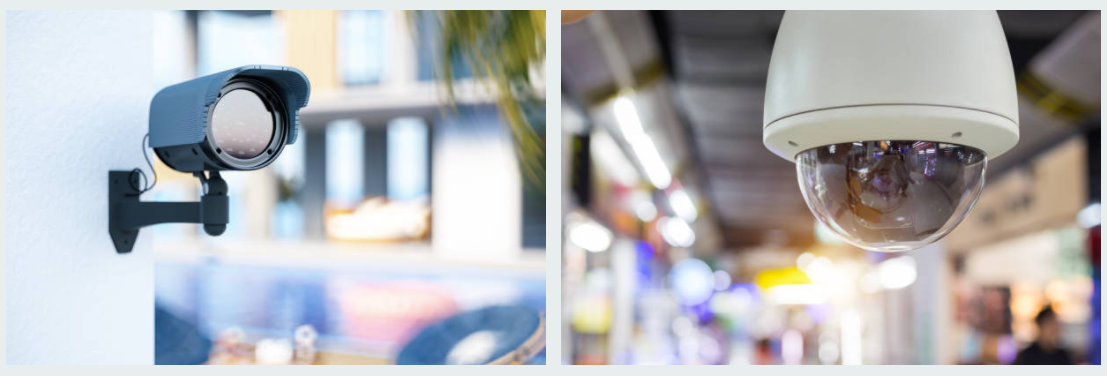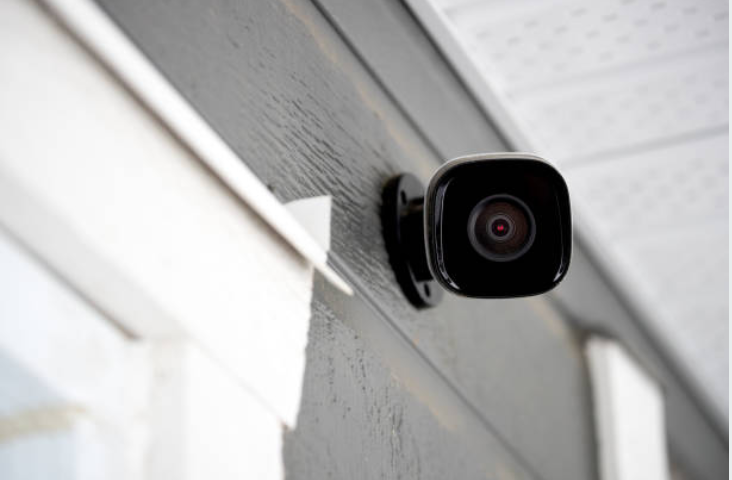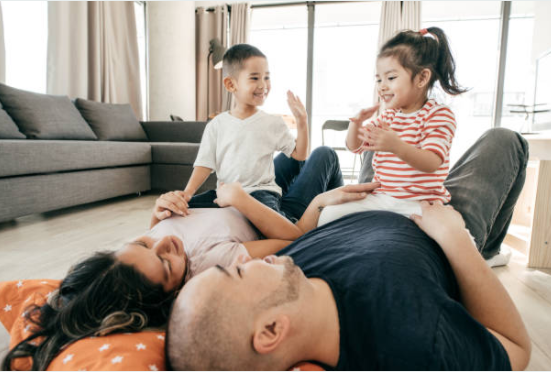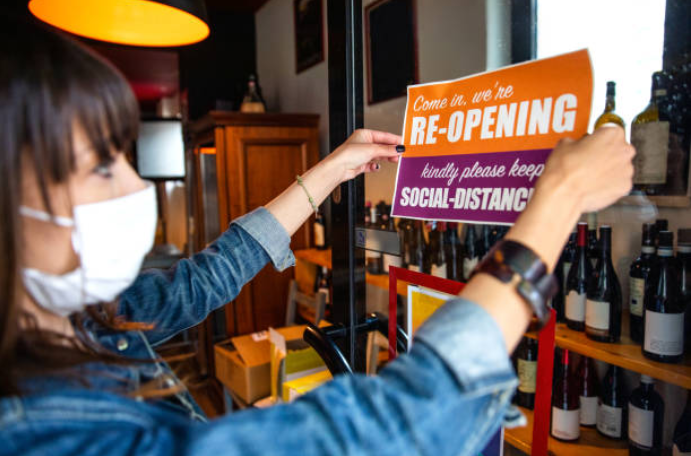
In an age of universal surveillance, our sensing camera solutions offer a privacy-focused alternative.
Security cameras are seemingly everywhere, all around us. They’ve become so ubiquitous that we barely even notice them anymore, monitoring and recording us as we drive on highways, walk past banks, or enter convenience stores. And this trend doesn’t only apply to commercial and public spaces—more and more people are installing monitoring cameras or video doorbells in and around their homes as well, streaming video and audio to be stored in the cloud.
But what about privacy?

In most cases, people either don’t care or don’t think about the fact that they’re being recorded, especially in public places, where the expectation of privacy may be reduced. And when it comes to the home, any video recordings generated by the camera are only available in the homeowner’s private account, which represents a sufficient level of protection for most users.

However, there are a number of situations where maintaining privacy is absolutely imperative. Situations where it’s simply not good enough to make claims about protecting video recordings from outside parties and prying eyes. In these situations—where active monitoring is essential yet privacy is paramount—a new technological solution is required, one that strictly upholds both prerequisites.
A new generation of sensing camera solutions
At Ambarella, we’re on a mission to develop AI vision solutions that balance the need for security with a commitment to autonomy and confidentiality. Our sensing camera solutions offer both—delivering active monitoring while guaranteeing that any identifying information, whether visual or auditory, is never saved in any form, never made available to be viewed or heard by anyone at all without permission.
So, how does it work?
Using camera technology and AI-based computer vision algorithms, our sensing camera solutions can extract data from any given image or sound and make critical decisions based upon that data, and importantly, can do so without any video or audio ever leaving the device. Instead of generating recordings, our solutions allow the generation of smartphone alerts based on specifically defined parameters, allowing important information to be shared with anonymity. There are numerous applications for sensing cameras, but I’d like to present three use cases that illustrate the concept: rental property monitoring, health monitoring, and retail monitoring.
Use case 1: rental property monitoring
Vacation rental property owners have a real problem—how to protect their investment against damage or theft while simultaneously respecting the privacy of their guests. The use of traditional video cameras to ensure renter compliance is inherently problematic: no one wants to rent a home for the weekend only to be recorded or viewed remotely, even if the intent is legitimate.

So, what is the solution?
A sensing camera can be deployed to monitor a vacation rental property in a common area such as a living room, notifying the property owner only in the event that certain agreed-upon rules have been violated—rules such as no parties, no removal of belongings, and no pets. The property owner would receive a smartphone alert if something went wrong; however, no audio or video would ever be recorded or shared. Instead, a large gathering would be detected via computer vision algorithms that anonymously count the number of people present in the space, with sound levels monitored via audio analytics. Similarly, additional algorithms could be used to detect and classify objects as pets, or to determine whether specific objects, such as artwork or electronics, have been moved or taken off site. Of course, the presence of the sensing camera—as well as the rules it is meant to help enforce—would be explained in the rental application contract signed in advance.
Use case 2: remote health monitoring
Another example where sensing cameras can be useful involves remote health monitoring. Imagine, for instance, an elderly relative who maintains their independence yet might benefit from periodic wellness checks. A continuous video stream wouldn’t work; no one wants to feel spied on. For individuals like these—those who value privacy but may require a degree of monitoring to ensure their safety and wellbeing—our sensing camera solutions can play an important role.

For remote wellness monitoring, a sensing camera would deploy computer vision-based video analytics to extract data from imagery in the scene, anonymously. For example, the camera may be able to detect if the person has been stationary for an extended period of time, is prone on the floor, or has wandered away from a prescribed area. Once a determination has been made, the camera may then initiate a voice message to the person asking whether they’re okay, and based on the response, may send a follow-up alert to a loved one. Video would only be shared under specific circumstances, determined in advance.
Use case 3: retail monitoring
Another example of a sensing camera application (one that is already deployed in stores today) is retail analytics. While the expectation of privacy in stores is less stringent than in private spaces, maintaining confidentiality is still important, especially when you consider the needs of employees as well.

Sensing cameras can play an important role in retail analytics, anonymously monitoring shoppers as they enter the store, browse, and purchase items. No recording is necessary since the analytics data can be extracted within the device itself—data such as the number of people who enter the stores at different times of day, which helps with staffing decisions, or “heat maps” that pinpoint high-traffic and low-traffic areas, which are valuable when determining the effectiveness of floor displays and shelving layouts. And by leveraging product recognition and object counting, our sensing camera solutions can be used to keep an eye on inventory levels as well, generating alerts when stock is low. Of course, cameras can be used to help deter shoplifting as well, but more and more, retail monitoring is being viewed as a valuable business analytics tool to maximize staffing efficiencies, optimize store layouts, and improve product displays.

These devices can even help improve public health during a pandemic by detecting masks, calculating distances between shoppers, and automatically determining store occupancy levels.
In summary, sensing cameras have the potential to improve our lives immensely, allowing us to better care for our loved ones, protect our property, and uphold public health. There are still a number of questions, however. First and foremost, will people will trust them? Should we stop calling them “cameras” at all given that they don’t actually record or stream video? Should there be independent verification organizations that test these sensing devices to certify them as truly privacy-safe? While barriers to adoption exist, we believe that it’s only a matter of time before AI-based sensing cameras are changing the way we live for the better.
For more information, please contact us.
